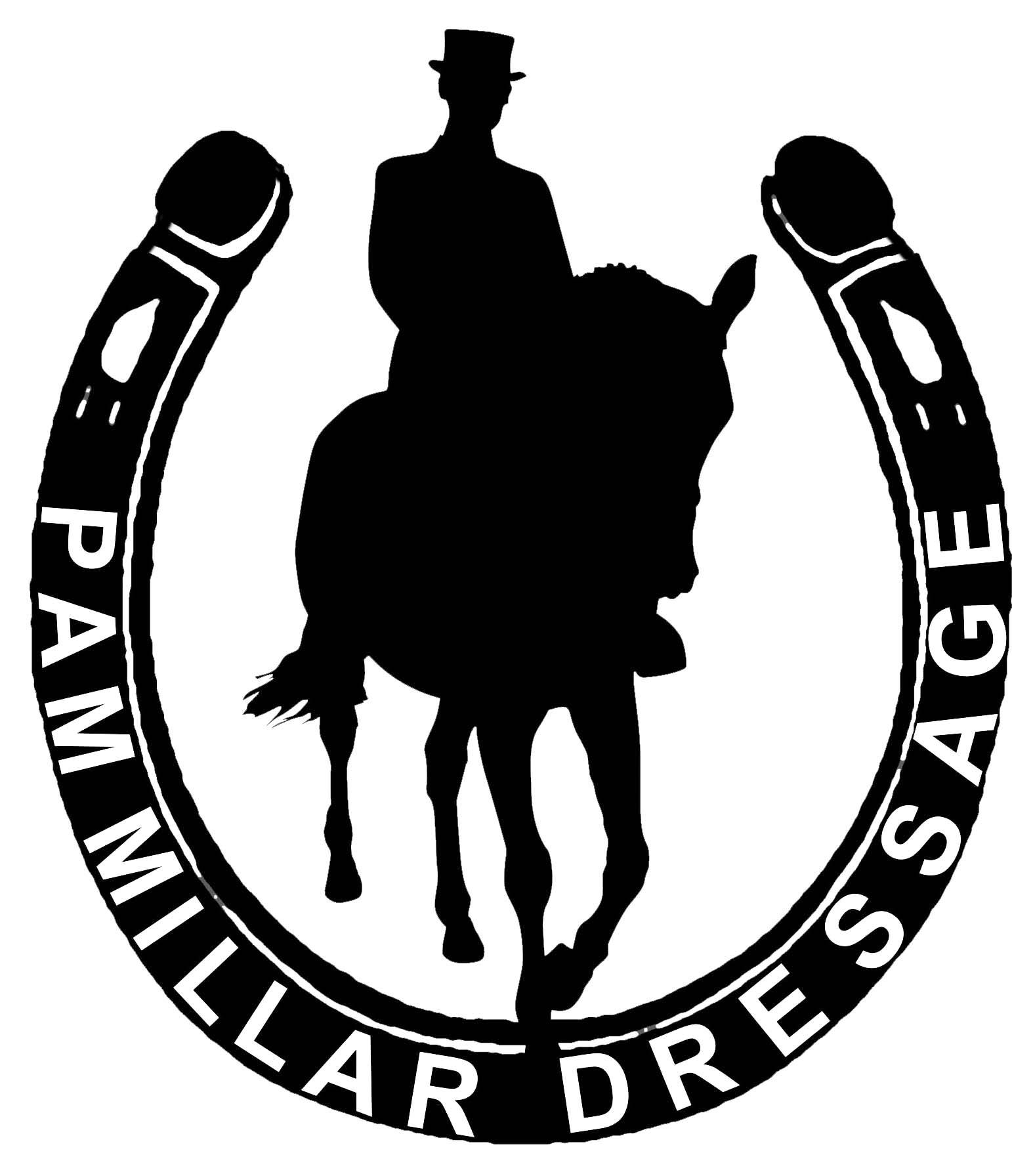
Dressage Trainer
Classical, sympathetic, personalised training
for you and your horse
Mobile: 07740 116 336
Home: 01651 872613
 |
Pam Millar
Dressage Trainer
|
Classical, sympathetic, personalised training for you and your horse
|
Contact:
Mobile: 07740 116 336 Home: 01651 872613 |
A British Dressage Accredited Trainer
Your First Dressage Competition (click on "training tips" above for more)
(as printed in the Herald )
IF you havenít tried a dressage competition before, why not give it a go? Having a goal to work towards is a good incentive, and particularly so at the end of the winter. It is a way of measuring your horseís progress - getting feedback about the quality of work against a set standard. It is good experience for you and your horse, meeting other riders working at your own level and being inspired by horses and riders at higher levels.
Check out the schedules for forthcoming competitions - they can often be found on riding club web sites. Study the tests and determine which movements your horse could perform comfortably - donít put too much pressure on yourselves, particularly on your first outing. Most people benefit from riding two tests on the day.
Many livery yards are also competition venues Ė if possible, enter your first competition at your home yard, but if you are travelling away from home, pick a venue that is nearby.
Practise riding the tests at home - not always the full tests Ė mix the movements up so your horse doesnít start to anticipate.
If your horse is not used to travelling regularly then practice loading him and going on one or two short test runs.
You will be able to get your test times a couple of days in advance of the competition, usually from the venue or club website, or by phoning the organiser on the date and between the times specified in the schedule.
If you are competing away from home, you will need to build in time for loading, travelling and acquainting yourself with the venue - where the arenas are, and most important, where are the toilets! Leave plenty of time for tacking up and warming up, and a bit to spare in case something goes wrong.
Make a checklist of the equipment you need to take - tack, hay, water, rugs, mobile phone, your competition clothes, your tests, skipping out gear etc and make sure it is all in good order.
When you arrive, find out if there are stewards and if the classes are running on time so you can gauge when to start warming up. You donít want to warm up too early if the class is running late as you and your horse will be tired by the time you ride your test.
Find where the results will be posted Ė this might be in a caravan, clubroom or office and this is usually where you can find out which arena your tests are in. It helps to find out what the start signal is for your arena - it might be a bell, whistle or car horn.
When it is time for your test, ride calmly into the arena ride around the outside, preferably each way, before the start signal. You have 45 seconds to make your entrance at A after the bell has rung.
Ride the test to the best of your ability and afterwards consider what went well and what didnít. You can compare that with what the judge saw later, when you get your test sheet.
Decide whether to put your horse away before your second test and how much more warm-up you think he will need. This will probably be less than for the first test.
When you have ridden your tests, untacked and rugged up your horse, got your test papers and chatted with fellow competitors and perhaps the judge, you can load up and go home.